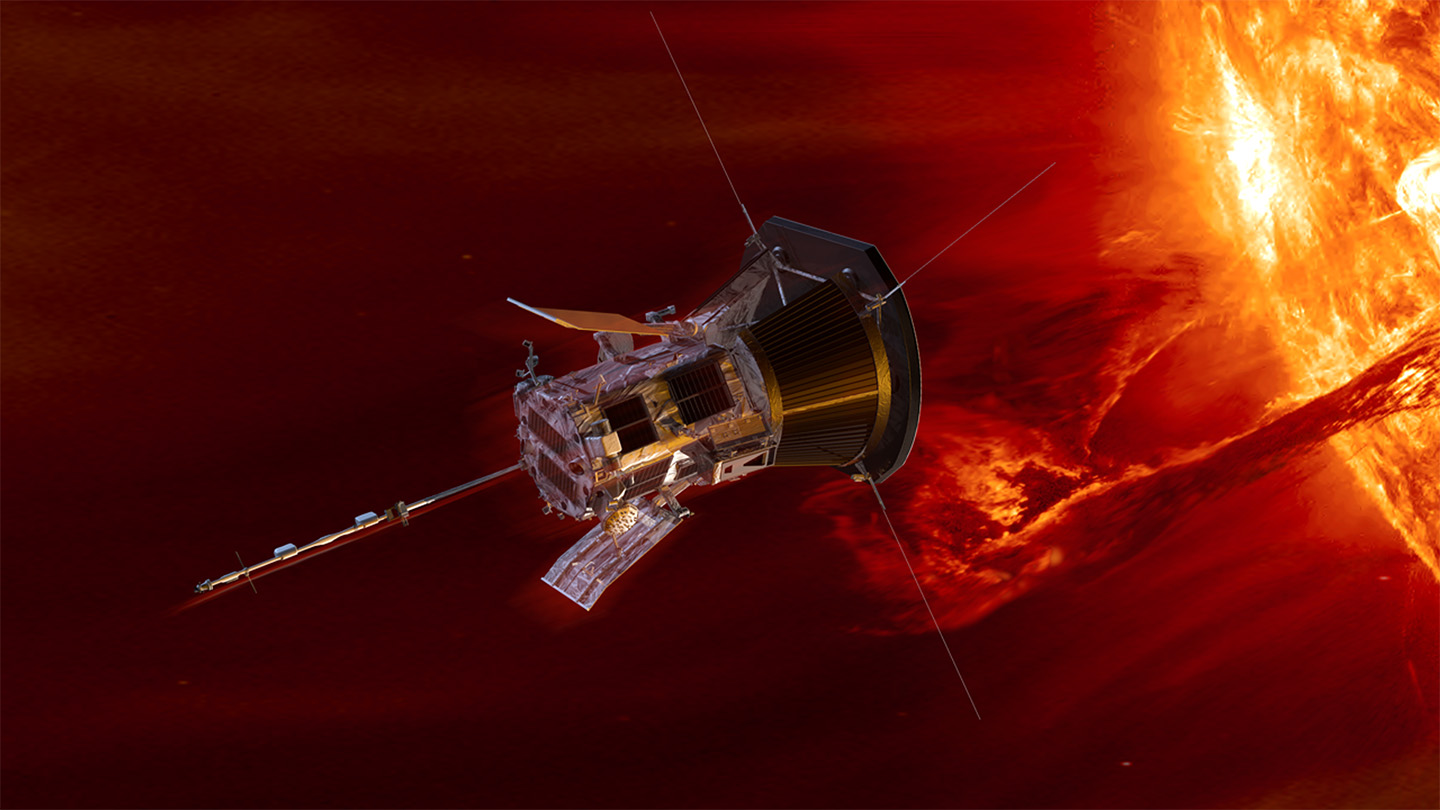NASA’s Parker Solar Probe survived its closest approach to the sun
NASA’s Parker Solar Probe skimmed the sun on Christmas Eve and lived to tell the tale.
The heat-hardened spacecraft made its closest solar flyby yet at 6:53 a.m. EST on December 24. It came within 6.1 million kilometers of the surface of the sun, beating its own 2023 record of 7.26 million kilometers.
At the time of closest approach, the spacecraft was also the fastest object ever made by humans. It swung around the sun at about 692,000 kilometers per hour — fast enough to travel from Philadelphia to Washington, D.C., in about a second.
This flyby was the culmination of six years in space for the probe. Parker launched in 2018 on a mission to study the sun’s outer atmosphere, or corona, from the inside. Because of the sun’s tremendous gravity, the craft couldn’t aim directly at its destination. Since launch, it has been swinging around Venus and using the planet’s gravity to gradually inch its orbit closer to the sun, making 21 increasingly close flybys along the way.
The last Venus flyby, on November 6, finally sent Parker to its optimal orbit: close enough to study the sun’s processes in intimate detail but not so close that those processes destroy it.
The spacecraft was out of contact with Earth for about a week as it approached the sun. Shortly before midnight on December 27, scientists received a beacon signal confirming that the spacecraft survived the encounter.
“Parker Solar Probe has phoned home!” NASA announced in a post on X at 12:01 a.m. EST.
Parker Solar Probe has phoned home!
After passing just 3.8 million miles from the solar surface on Dec. 24 — the closest solar flyby in history — we have received Parker Solar Probe’s beacon tone confirming the spacecraft is safe. https://t.co/zbWT7iDVtP
— NASA Sun & Space (@NASASun) December 27, 2024
More data on Parker’s status arrived on January 1, showing that the spacecraft was healthy and able to take science data during the flyby. The probe will begin transmitting those data later this month, when it’s in a better position to communicate with Earth.
The new orbit will last for at least the next nine months. Parker will make two more flybys at this distance in March and June before its primary mission ends in September 2025.
Source link

